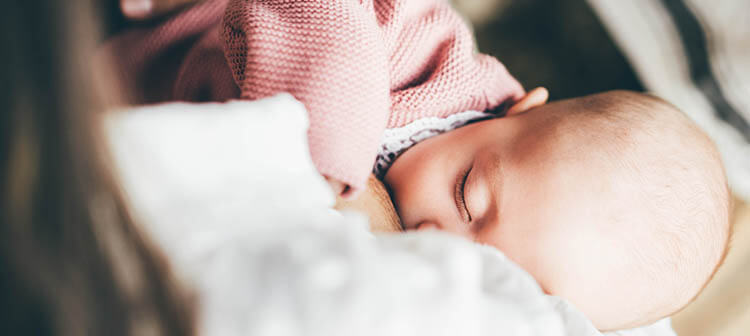Pregnancy and childbirth are nothing short of miraculous, but it is also true that they can have such a massive impact on a woman’s body that many new mothers do not feel they recognise themselves or feel comfortable with their new appearance.
The tummy is a key concern as the muscles and skin stretch to accommodate the growing womb, but many women often see less than welcome changes to their breasts during pregnancy, which is then compounded if they breastfeed their baby.
Will breastfeeding give me saggy boobs?
So, are saggy boobs after breastfeeding inevitable? After weaning, you may think that your breasts look different than before in terms of size, shape and even appearance. The changes aren’t necessarily a result of breastfeeding but will have been taking place since the very early stages of your pregnancy, and it is true that even women that do not breastfeed may feel their breasts have changed.
As soon as you conceive, the production of pregnancy hormones such as oestrogen and progesterone start to increase. These hormones cause more fatty tissue to build up and blood flow to the breasts to increase in preparation for feeding your baby after birth resulting in larger breast size.
The hormone relaxin is also released from the start of your pregnancy which helps your ligaments to stretch. Importantly this allows the pelvis to expand during childbirth but also affects the tissues in the breasts.
In the immediate postpartum period, mothers typically experience engorgement as their body prepares itself for lactation and, if they continue breastfeeding, the breasts feel full and then empty during feedings.
What else causes breasts to sag?
In 2007, a joint UK and US study by plastic surgeons investigated whether breastfeeding caused breasts to sag as it was such a common complaint in breast uplift or breast augmentation consultations.
Women wanting a breast lift or augmentation were interviewed for the study, and the researchers also assessed their medical history, body mass index, pre-pregnancy bra cup size, and whether they smoked or not.
Interestingly, no difference in the degree of breast ptosis (drooping) was found between those women who had breastfed and those who hadn’t. Other factors, particularly age and whether the patient smoked, did however affect breast sagging.
Ageing is typically the most common cause of breast sagging; the ligaments in the breast stretch and lose elasticity over time. This process is often sped up due to hormonal changes that occur at the time of the menopause.
Smoking affects breast sagging because harmful chemicals in cigarettes cause elastin to break down in the body, and its elastin that gives skin its support and elasticity. UV rays can also cause loss of elastin.
Can breastfeeding cause breasts to become uneven?
Our bodies are not perfectly symmetrical, and most women have slightly uneven breasts even before pregnancy and breastfeeding. So, it’s often the case that they might only notice this lack of symmetry due to the changes to your body. However, it is also the case that women naturally have more milk ducts and alveoli in one breast – typically the left breast – and you may produce more breast milk on one side.
What is the best treatment for sagging breasts?
Although there’s nothing you can do about the ageing process, there are certain lifestyle habits that can reduce the amount of sagging in breasts. Avoid smoking and sun damage try to maintain a stable weight with a healthy diet and exercise routine, as significant weight fluctuations can cause the breasts to stretch.
If you feel that your breasts are no longer looking youthful and pert, then surgery is often the only option as there’s no non-surgical procedure that can lift and reshape sagging breasts.
The breast lift: during a mastopexy procedure, Mr Alex Karidis will remove excess skin and tighten the tissues in the breast, repositioning and reshaping the breasts, so it looks more youthful. The size, shape and position of the nipples are also often affected by pregnancy and breastfeeding, and they can also be addressed during the procedure.
Mr Karidis will make an incision in the border of the nipple and then down from the lower areola to the base of the breast. Occasionally, he will make a long horizontal incision in the breast crease, depending on the degree of sagging, but this will be discussed during your consultation.
Breast lift combined with implants: Often, women can experience a loss of fullness in the upper part of the breasts along with sagging, and a lift with breast implants may be advisable to create a more aesthetically pleasing breast shape.
For more advice on the mastopexy or mastopexy augmentation, call 0207 432 8727 to arrange a consultation with Mr Alex Karidis. Or, if you’re looking for a combined procedure, we also offer mummy makeover surgery. This is a combination of cosmetic surgery procedures which can include tummy tuck, breast augmentation, breast lift and liposuction.
















